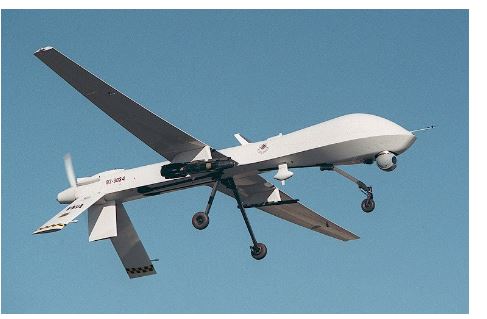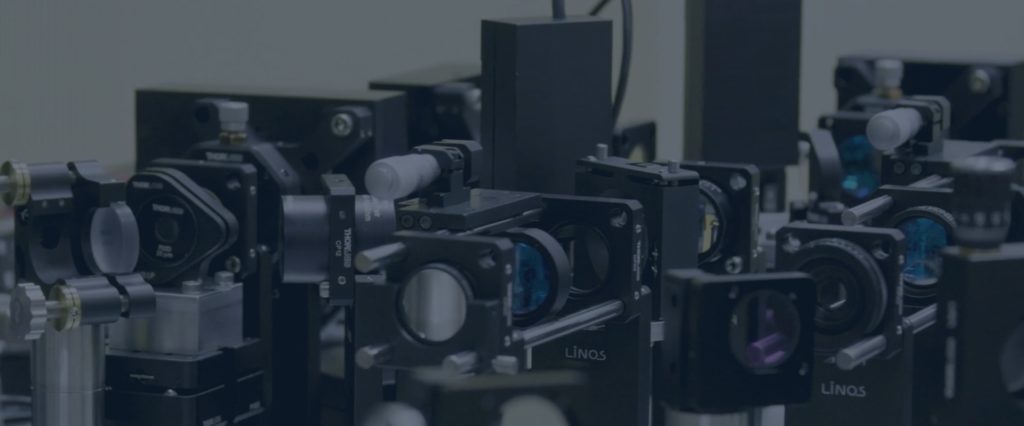Ultrafast lasers have been extensively used in ground breaking research including two Nobel Prizes. Applications within spectroscopy, photochemistry, laser processing and microscopy are widespread. However, to capitalize on such short laser pulses, a pulse compressor is required to compensate for the dispersion induced by optical elements. Liquid crystal based spatial light modulators are most commonly used in laser pulse compressors. Although a proven technology in display applications, liquid crystals have drawbacks including phase jitter and a limited fill factor. Researchers at the Cui Lab at HHMI’s Janelia Farm Research Campus looked to Boston Micromachines Corporation’s prototype Linear Array Deformable Mirror (DM) to address these challenges.
To evaluate the performance of the pulse compressor, the laser pulses were analyzed with frequency resolved optical gating (FROG) using a commercial instrument (Grenouille, Swamp Optics, Atlanta, GA). In Figure a and b, the temporal and spectral profile of the pulse is shown when a flat wavefront is displayed on the DM. Evidently, the pulse is distorted and the spectral phase is not flat at all (a flat spectral phase is required for a transform limited pulse). Next, the beam returning from the pulse compressor was focused with a concave mirror onto a GaAsP photodiode and the resulting nonlinear signal was used as a feedback for the correction algorithm. After optimization using a technique called Phase resolved interferometric spectral modulation (PRISM), the temporal profile (Figure c) shows a dramatically shorter, Gaussian shaped pulse. The spectral phase is perfectly flat (Figure d) with less than 0.01 radians phase error and is stable in time. These results suggest that the precision and stability of the Linear Array DM allows close to perfect restoration of transform limited laser pulses. For more information on the optimization technique, you can access a scientific publication here.

In our next blog post, we will discuss the results of the use of the Linear Array DM in an interesting two-photon microscopy experiment.
More details can be found in our Linear Array white paper which includes a more detailed description of this application.
Check more
Related Articles

Defense TechConnect Conference and Expo: Fun in the Sun with the MRR
Last week I was fortunate enough to be able to parade BMC’s Modulating RetroReflector (MRR) in front of multiple audiences affiliated with the Defense community at the Defense TechConnect (DTC) Conference and Expo in Tampa, Florida.
# Applied Adaptive Optics 11.01.2018
Read more
MiFoBio 2018: AO Microscopy in Action
Recently, Boston Micromachines sponsored MiFoBio (Functional Microscopy in Biology), an event that brought together the microscopy community, academics and professionals alike, to attend courses and workshops that explored the understanding and current trends of biological imaging.
# Applied Adaptive Optics 10.16.2018
Read more
